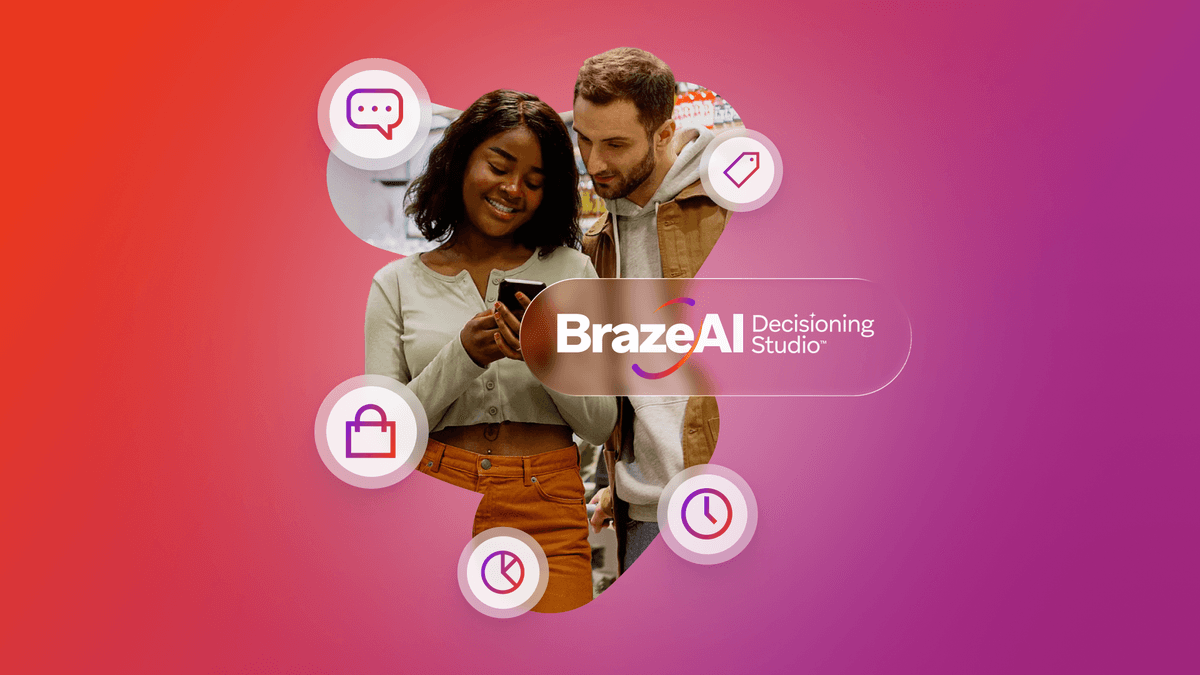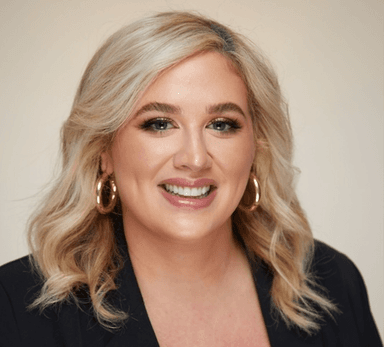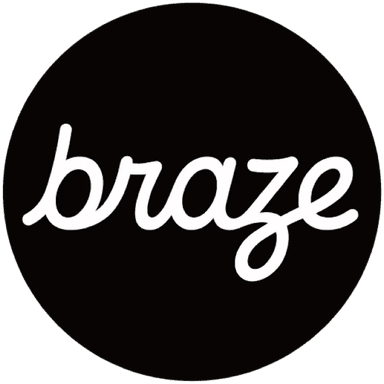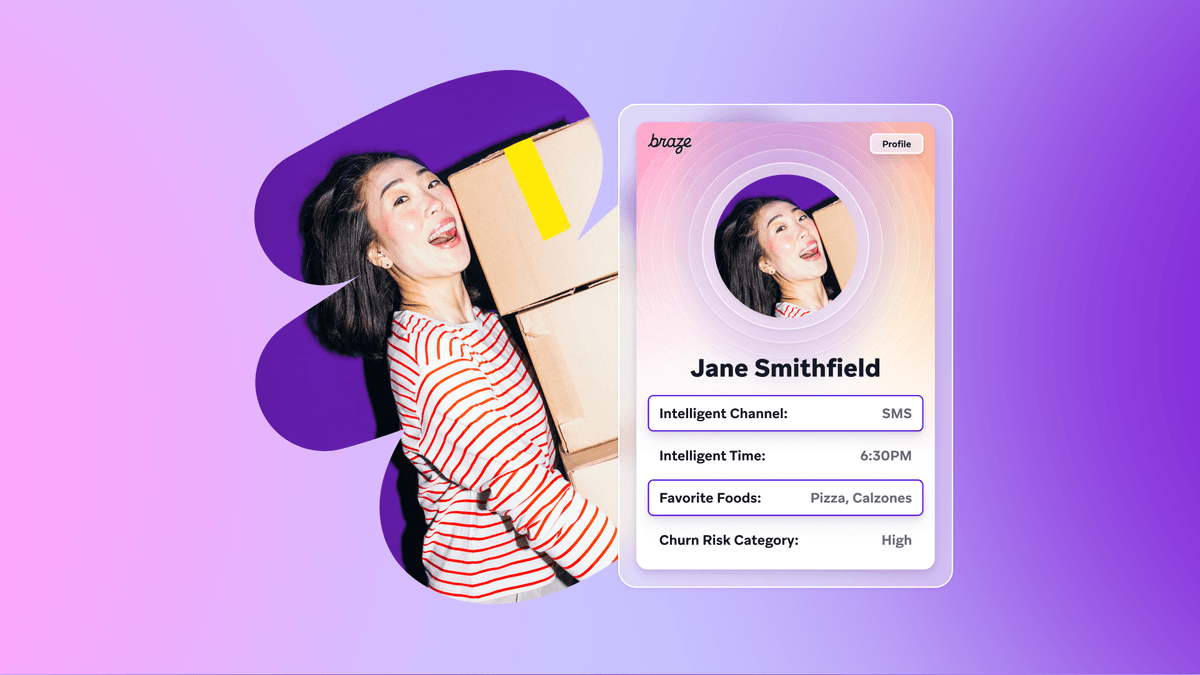Braze announces integration with ChatGPT custom apps to support customer engagement
Published on October 20, 2025/Last edited on October 20, 2025/10 min read
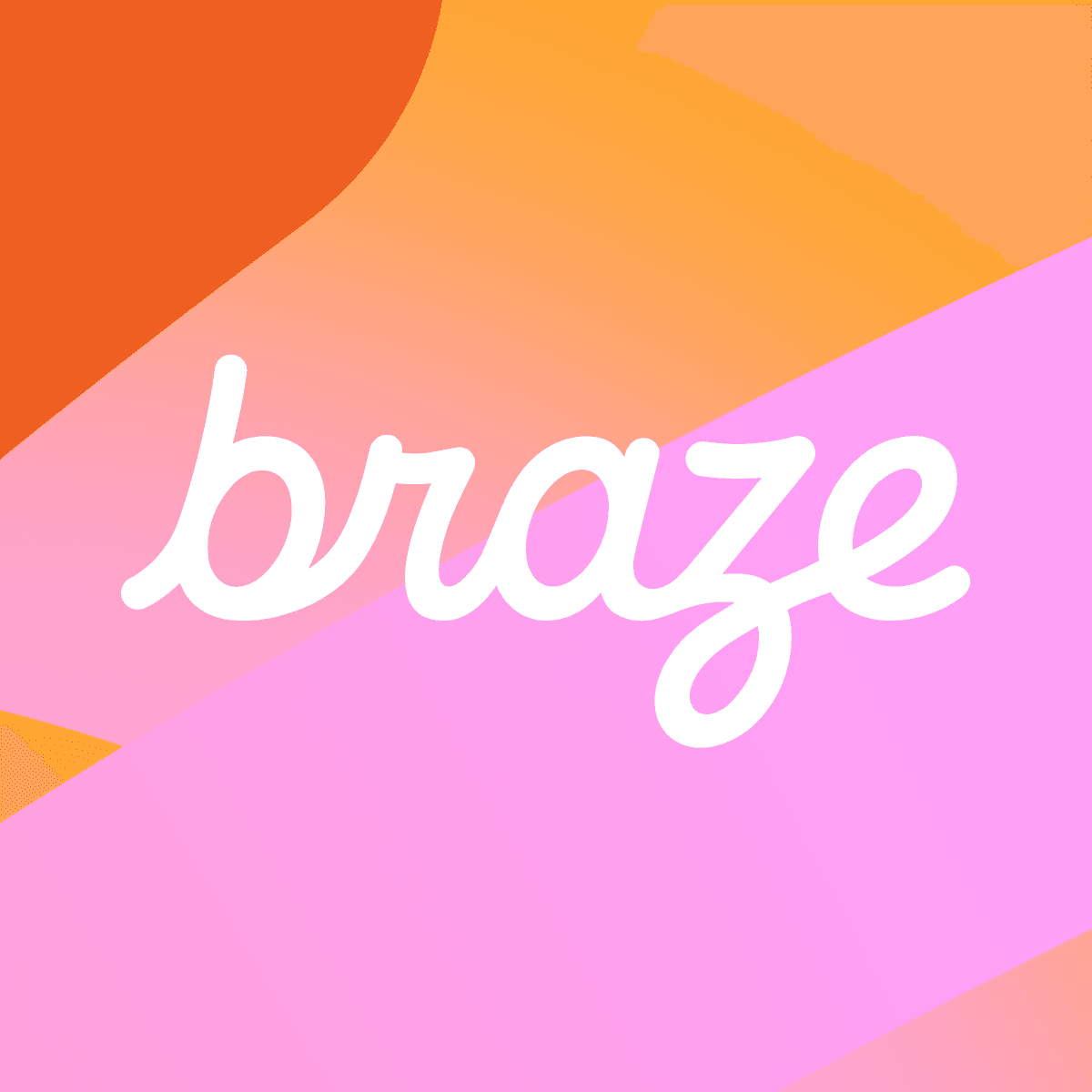
Published on October 20, 2025/Last edited on October 20, 2025/10 min read

In the three years since the first version of ChatGPT was released to the public, OpenAI has seen its weekly active users hit 800 million worldwide, reflecting the massive, growing appetite among consumers for its conversational AI platform. It's been clear for some time that the rise of ChatGPT and other modern AI technologies had the potential to fundamentally reshape how brands interact with their customers, but what form that new dynamic would take has been an open question.
Earlier this month, OpenAI provided more clarity on this evolution by announcing a new framework that will allow consumer-facing brands to create new custom apps within ChatGPT. For consumers, this means that OpenAI will now be able to bring interactions with their favorite brands and applications directly into the chat interface, allowing users to ask brands specific questions about orders, content, or account statuses, have agents perform tasks on their behalf, and take advantage of interactive, mobile app-like components, all without having to leave ChatGPT. That, in turn, could increase direct customer engagement in the ChatGPT interface, reshaping what engagement looks like for millions of consumers.
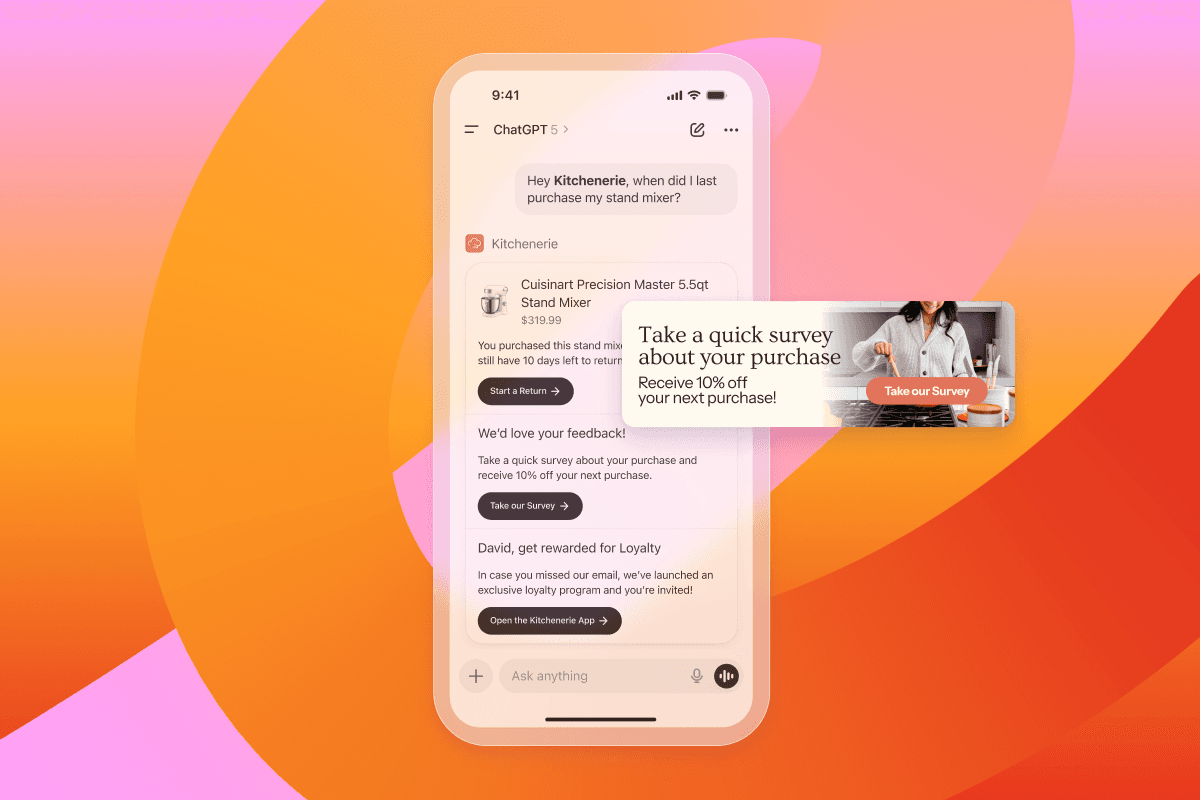
To help brands take advantage of this opportunity, Braze is excited to announce a new, first-of-its-kind integration with ChatGPT that will allow marketers to make use of this key new touchpoint to better understand and engage their customers both within the ChatGPT app, and beyond.
Ready to start building?
Because custom app support within ChatGPT is brand new, there are still a lot of unknowns when it comes to how brands will take advantage of the new framework and how consumers will respond to the experiences that are provided for them there. That said, the announcement from OpenAI and the related materials they've released gives us a decent picture of how this shift is likely to play out in the short term:
As part of the custom app launch announced by OpenAI, seven launch partners have piloted apps within ChatGPT (Booking.com, Canva, Coursera, Expedia, Figma, Spotify, Zillow), with an additional 11 scheduled to follow by the end of the year (a group that includes DoorDash, Target, and Uber). To take advantage of these new offerings, ChatGPT users would need to authenticate into a given app (called "connectors" within the platform) to allow the app to be used by ChatGPT as part of its conversational interface.
Once a user has authenticated a given app, they can leverage it by either asking specific questions or prompt directly to that app (e.g. "Sandwich Emperor, can you order me a reuben for delivery to my apartment by 1pm ET?") or by asking general inquiries and allowing ChatGPT to suggest third-party apps that might be relevant to a given request or need. (Also, remember that you tend to get better responses when you're polite to LLMs.)
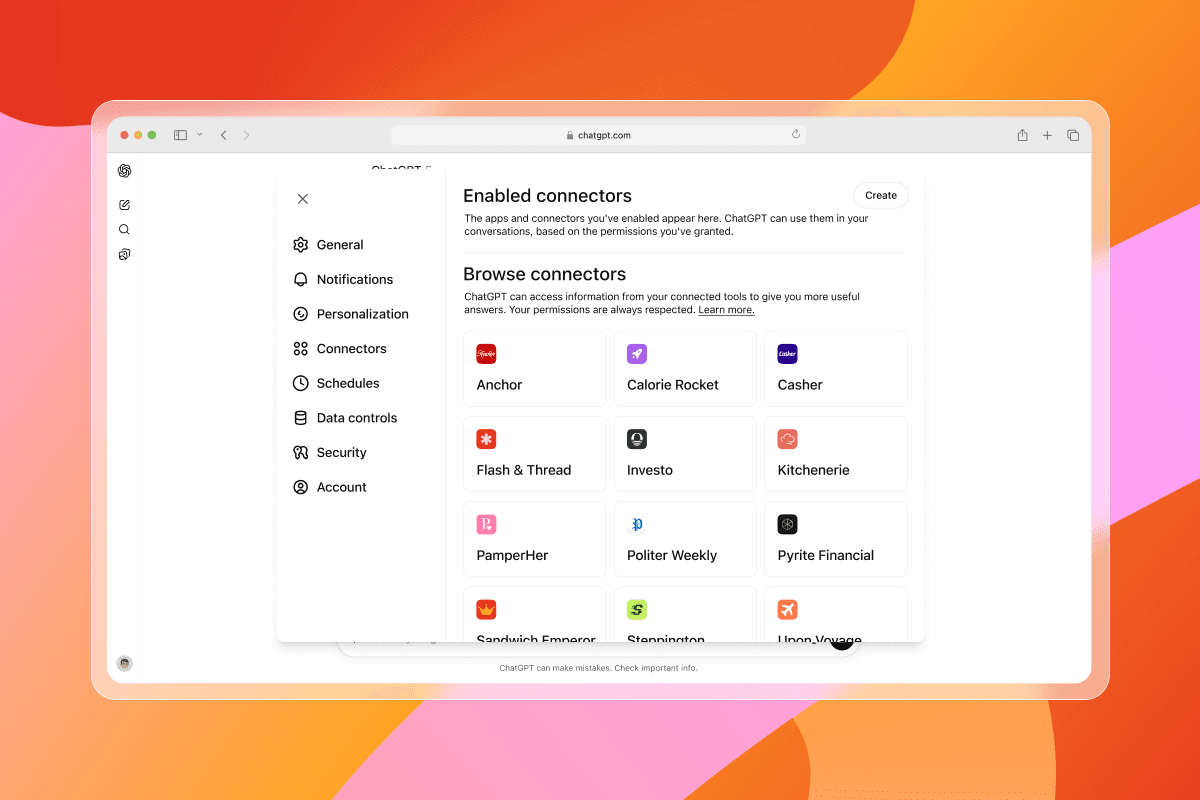
While ChatGPT is built around a two-way chat paradigm, these new third-party apps won't be limited to text-based replies when it comes to serving user needs. In the design guidelines and sample apps provided by OpenAI as part of the launch, there's a clear expectation that brands will take steps to provide rich, interactive user interfaces that can be rendered directly in ChatGPT conversations.
What could that look like? Some of the sample apps shared by OpenAI are capable of returning a list, carousel, interactive map component, or storefront details, and doing it all within the context of a standard ChatGPT conversation. And because this framework supports HTML, Javascript, and CSS, there are virtually no limits as to what kind of visualizations and interfaces that brands can provide to customers within ChatGPT, potentially providing a more compelling, valuable experience.
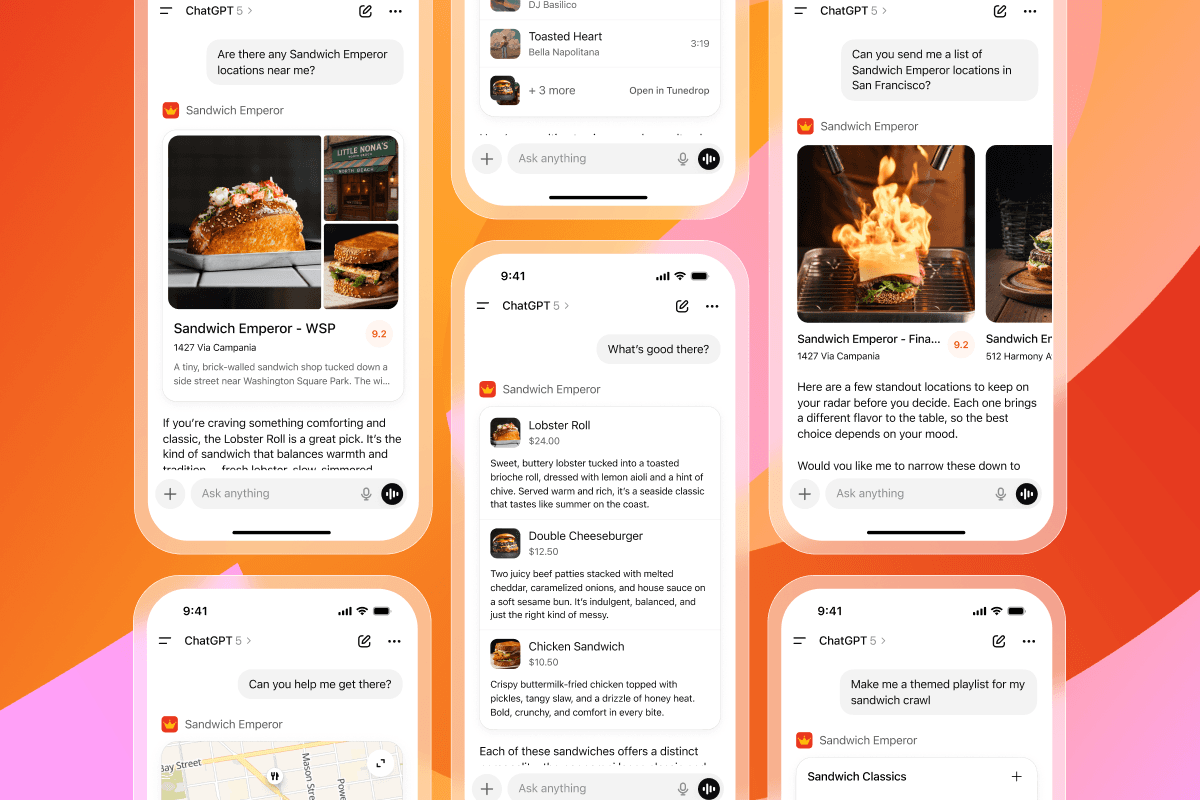
As OpenAI's new framework becomes more widely accepted (and trusted) by consumers, we'll see more and more brands launching their own third-party apps within ChatGPT in order to take advantage of the platform's large, growing audience and high engagement frequency.
This potential shift could make it harder for brands to understand their customers' preferences and tie them to the rest of their engagement strategies, potentially impacting future targeting and personalization. To stay competitive, brands will need ways to collect, analyze, and optimize user interactions within their ChatGPT app. Thankfully, OpenAI's decision to build off the public MCP Protocol and to open up app creation to brands and other third-party creators means that the larger MCP ecosystem will operate not as a walled garden, but as another major platform that Braze can help you make the most of.
While ChatGPT is a brand new platform for customer engagement, OpenAI's approach has made it possible for brands to better understand and take action on user behavior within their ChatGPT app using our direct integration. Let's explore what's possible today and how marketers and customer engagement teams can take advantage of Braze in conjunction with ChatGPT:
Brands that take advantage of the Braze integration will be able to seamlessly enrich their user profiles with valuable first-party data on customer behavior (including high-value actions) and preferences from within the ChatGPT app. They'll also be able to use that information to continuously enrich the live customer profiles on each customer that already exist within Braze.
That, in turn, makes it possible for marketers to leverage those insights to support more nuanced, accurate segmentation, retargeting campaigns, personalization, and message testing, allowing marketers to better understand and serve their audiences going forward. What does that look like in practice? Marketers could use this information to target emails to every one of their users who have ever made a purchase directly through ChatGPT or to automatically trigger abandoned cart notifications to users who discussed a transaction with your ChatGPT app but didn’t complete it.
Even more significantly, marketers can use Braze to communicate with users directly within their ChatGPT app. In much the same way that Braze allows marketers to support 1:1 communication (like in-app messages or Banners) within their company's website or mobile app, the integration makes it possible for Braze to power similar experiences inside of ChatGPT.
For instance, when responding to a user's prompt, your custom app could use Braze to fetch a Banner to render within the in-chat experience to let them know that they have an unused coupon for the product they're asking about, or serve up personalized recommendations related to their search. As more traffic and engagement moves to ChatGPT, this functionality makes it possible for marketers to continue to connect with users and serve up relevant experiences where they choose to engage.
To better understand how this all might play out, let's imagine a fictional travel brand (Upon Voyage) that already has a mobile app and website where their customers can book flights and hotels. Upon Voyage wants to ensure bookings are carried out on their mature, built-out mobile app in order to save them a significant amount of duplicate development. However, they're also very aware that the rising use of ChatGPT and the corresponding decline in Google searches for flight information means that more of their users will likely look to book trips via AI chat interfaces, potentially cutting them off from a significant portion of their audience if they don't take action.
In order to respond, Upon Voyage makes the call to build a ChatGPT custom app that lets users research and plan flights within chats (e.g. “What week are flights cheapest in December?” or “Find me non-stop flights to New York for under $500”). This custom app will pull from their database of flight providers, arming ChatGPT with the flight details needed to answer user queries and allowing Upon Voyage to create a "book now" UI widget that can be surfaced within these ChatGPT conversations, allowing users to complete their purchase either by leaving ChatGPT and checking out on Upon Voyage's website or mobile app or finishing booking within ChatGPT via checkout functionality built into the custom app.
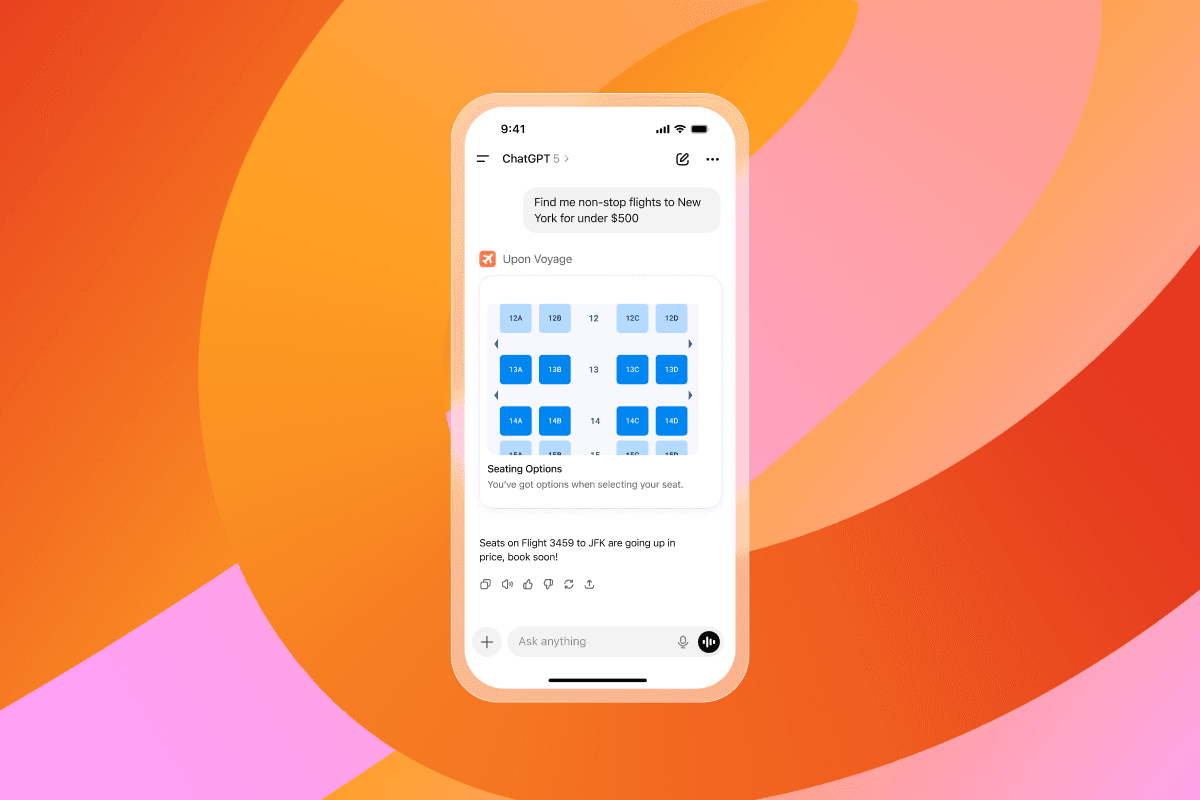
If Upon Voyage took advantage of the Braze platform's integration with ChatGPT, they could leverage Braze to automatically send confirmation emails to users who booked within ChatGPT, and also to re-target users who never finished booking their trips. That could look like using out-of-product channels (like SMS or mobile push notifications) to nudge these users to finish booking on the web or via mobile app. But it could also mean serving up a banner within their ChatGPT conversation telling them "Seats on Flight 3459 to JFK are going up in price, book soon!" the next time that user asks for flight information.
By taking advantage of ChatGPT custom apps and Braze, Upon Voyage can avoid missing out on key touchpoints for engaging and monetizing their customers, while also supporting the kinds of analytics and 1:1 communication that can motivate key user actions, both within their ChatGPT app and on other platforms and channels.
While the future is unwritten, ChatGPT may grow into a new default touchpoint for users, the way that Google became the central entry point for finding and accessing websites during the dotcom era. If that happens, it could usher in a dramatic change in the way users interact with their digital properties, significantly reducing direct usage of first-party apps and websites and driving more brand engagement within ChatGPT itself. To stay ahead of the curve, brands need to think through what their ChatGPT engagement strategy looks like and how they can leverage Braze to power richer and more personalization experiences in this new landscape.
If you're looking to integrate Braze with your ChatGPT app, use our Integrating Braze with ChatGPT apps Developer Guide and check out our Reference Implementation Repository.
Forward-looking statements
This blog post contains “forward-looking statements” within the meaning of the “safe harbor” provisions of the Private Securities Litigation Reform Act of 1995, including but not limited to, statements regarding the anticipated performance of and benefits from Braze, its products and integrations, including without limitation any integrations to ChatGPT or any other MCP server. These forward-looking statements are based on the current assumptions, expectations and beliefs of Braze, and are subject to substantial risks, uncertainties and changes in circumstances that may cause actual results, performance or achievements to be materially different from any future results, performance or achievements expressed or implied by the forward-looking statements. Further information on potential factors that could affect Braze results are included in Braze’s Quarterly Report on Form 10-Q for the fiscal quarter ended July 31, 2025, filed with the U.S. Securities and Exchange Commission on September 5, 2025, and the other public filings of Braze with the U.S. Securities and Exchange Commission. The forward-looking statements included in this blog post represent the views of Braze only as of the date of this blog post, and Braze assumes no obligation, and does not intend to update these forward-looking statements, except as required by law.
Sign up for regular updates from Braze.
